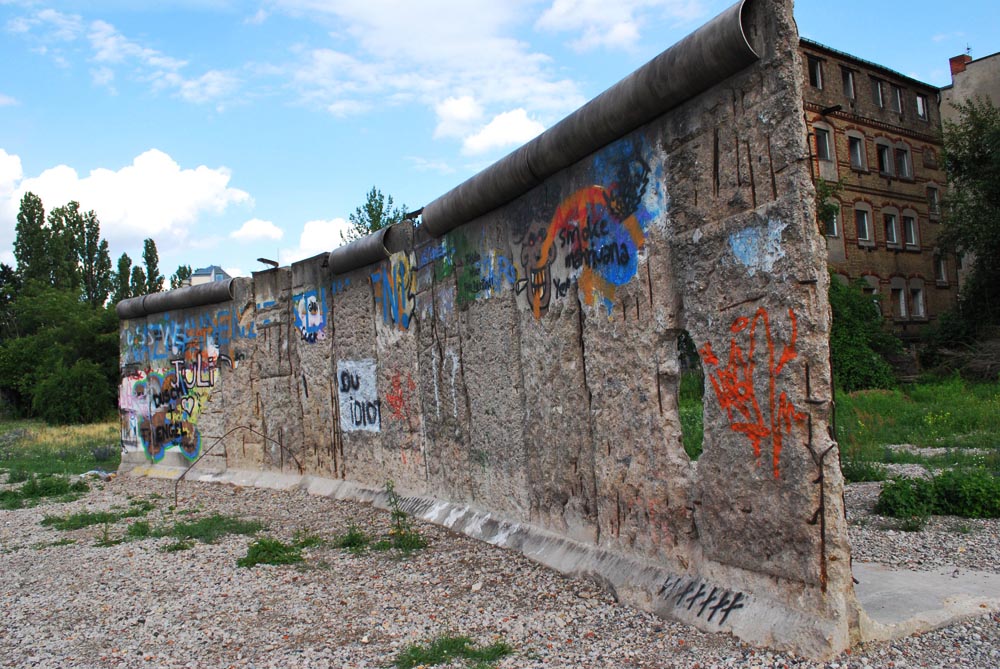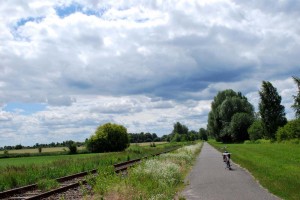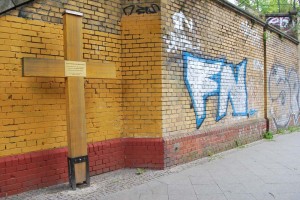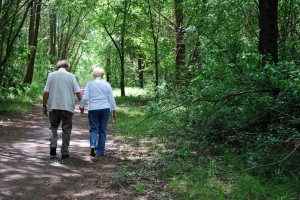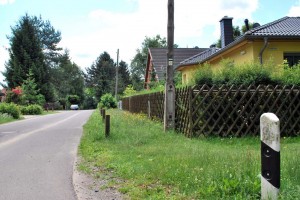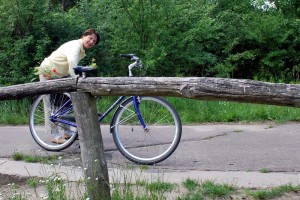I IMAGINED the Wall long before I arrived in Berlin to cycle part of the trail.
Barely old enough to remember (much less grasp) the events of 1989, my perceptions of the Berlin Wall had come from pictures in American-authored history books and post-Cold War History Channel specials. I’d collected a few of those impressions in my mind: a clip broadcasting Reagan’s keynote speech, the pulsating crowds storming the wall the night it came down, and a man hacking away with a sledge hammer. Neatly packaged and labeled by the media or the history book authors with captions like ‘the end of an era’ or ‘the day the world shifted’, the Berlin Wall came to represent to me dramatic resistance and dramatic change.
